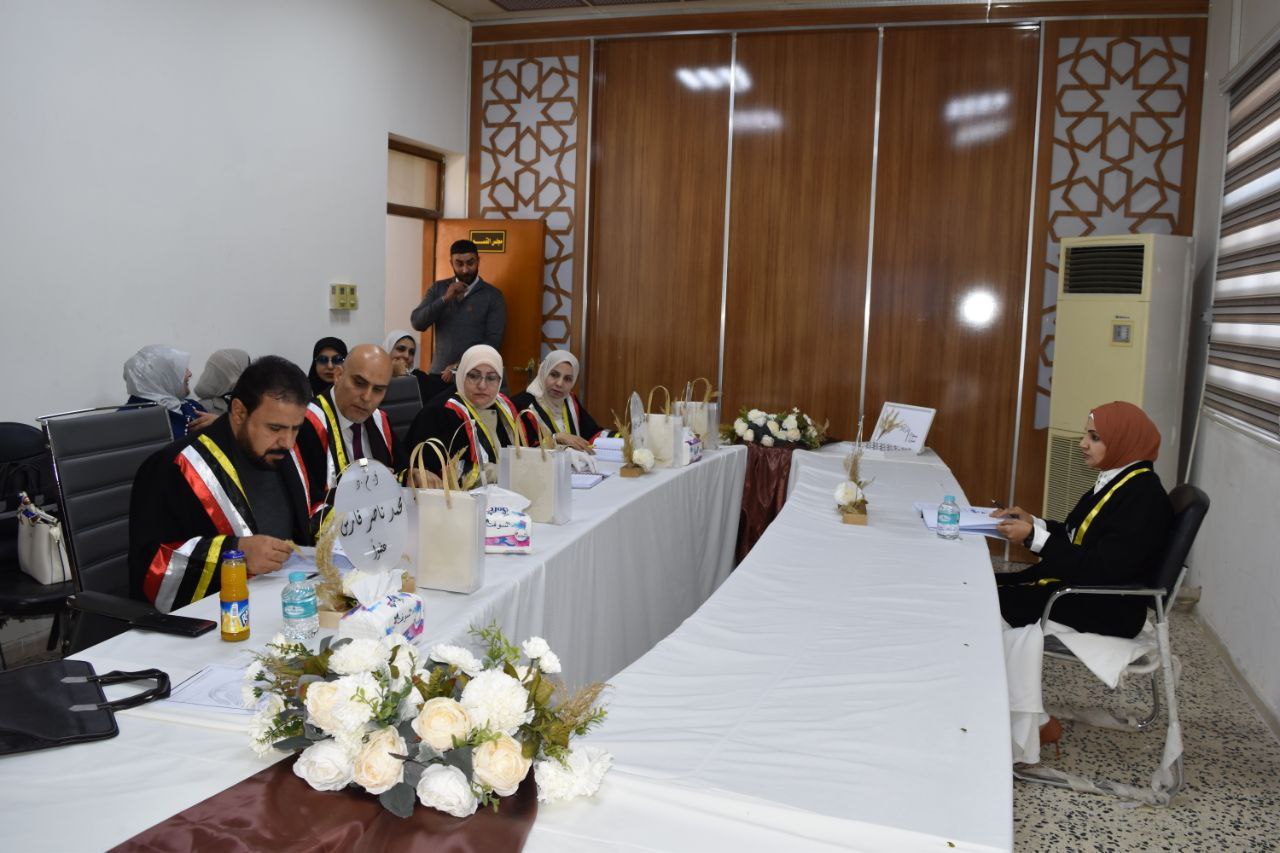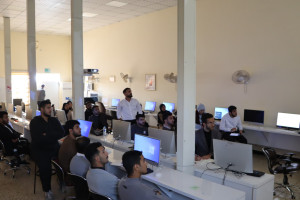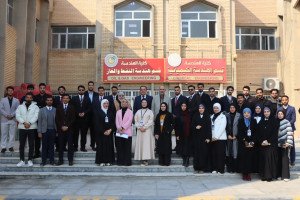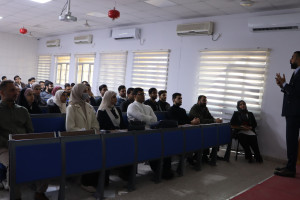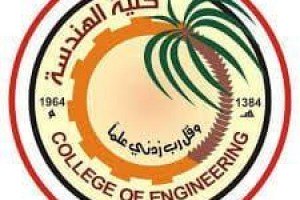A master’s thesis by the student Nibras Raad Fajri, University of Basra, College of Engineering, Department of Chemical Engineering, was discussed, entitled Removal of organic pollutants in wastewater using the advanced titanium dioxide photocatalytic method. In this study, multiple methods were applied to improve the efficiency of advanced treatment processes using...
Ultraviolet radiation with titanium dioxide catalyst. The oxidizing agent is hydrogen peroxide and has also been used
Improving the efficiency of the catalyst by adding ozone to the mixture.
In this study, the effect of optimal operating conditions, such as the initial concentration of pollutants, the circulation rate of the pump, the amount of catalyst used, and the pH on wastewater treatment using advanced heterogeneous oxidation processes, was studied. An experimental treatment system was designed that included a photoreactor inside a 254 UV candle and the treatment was carried out using batch recycling and a UV2/TiO2 (TUT) photocatalyst. Optimal operating conditions were investigated in detail for the best organic removal.
The results showed that TUT achieves removal
Organic carbon TOC from manufactured wastewater is 60%. The result of the TUT process was then compared to the combination process of UV2/TiO and an oxidizing agent (peroxide).
Hydrogen (H2O2) and achieving a removal efficiency of 73% Ozone was also added to the TUT process, and the results showed that the removal rate increased to 80%. Effect of aromatic hydrocarbon compounds (benzene and toluene) on the TUT process of a typical wastewater. Analyzed
Using modern technology (MS/GC), it detected 18 aromatic compounds, and after two hours, most of them were removed

